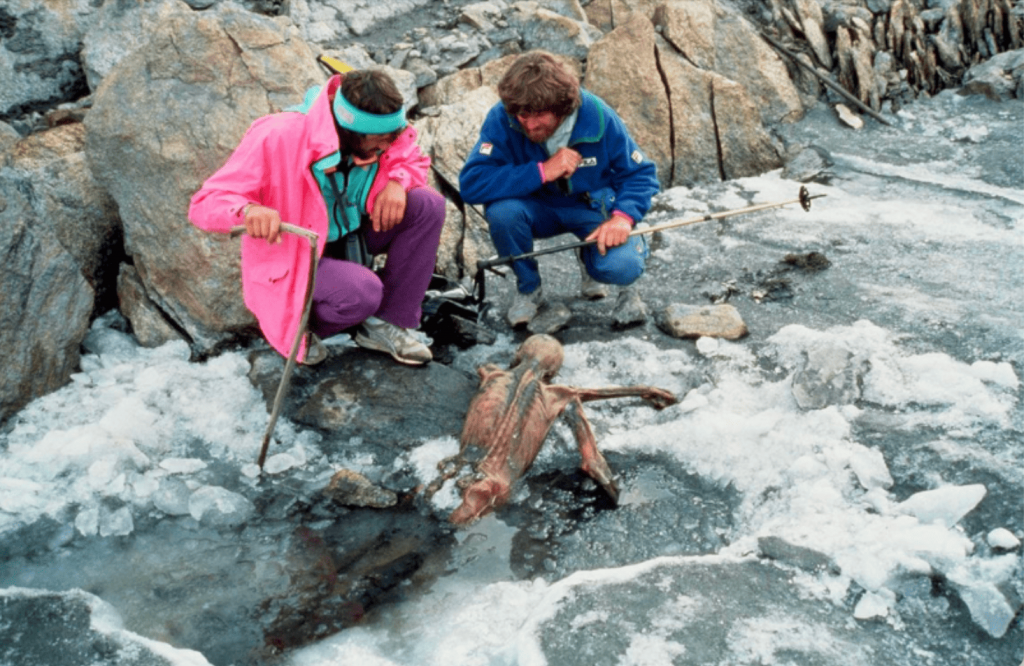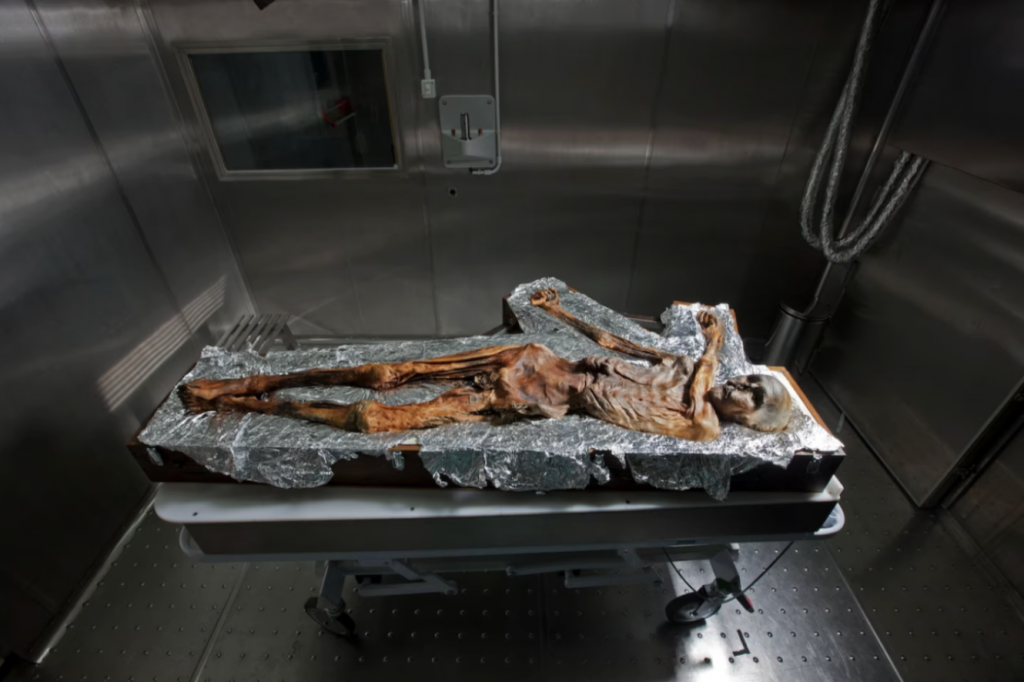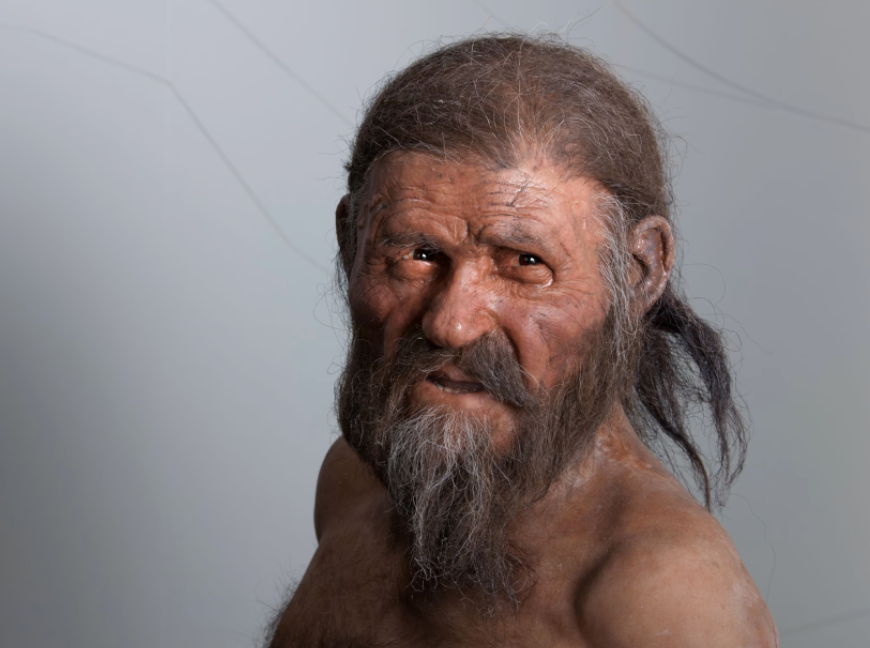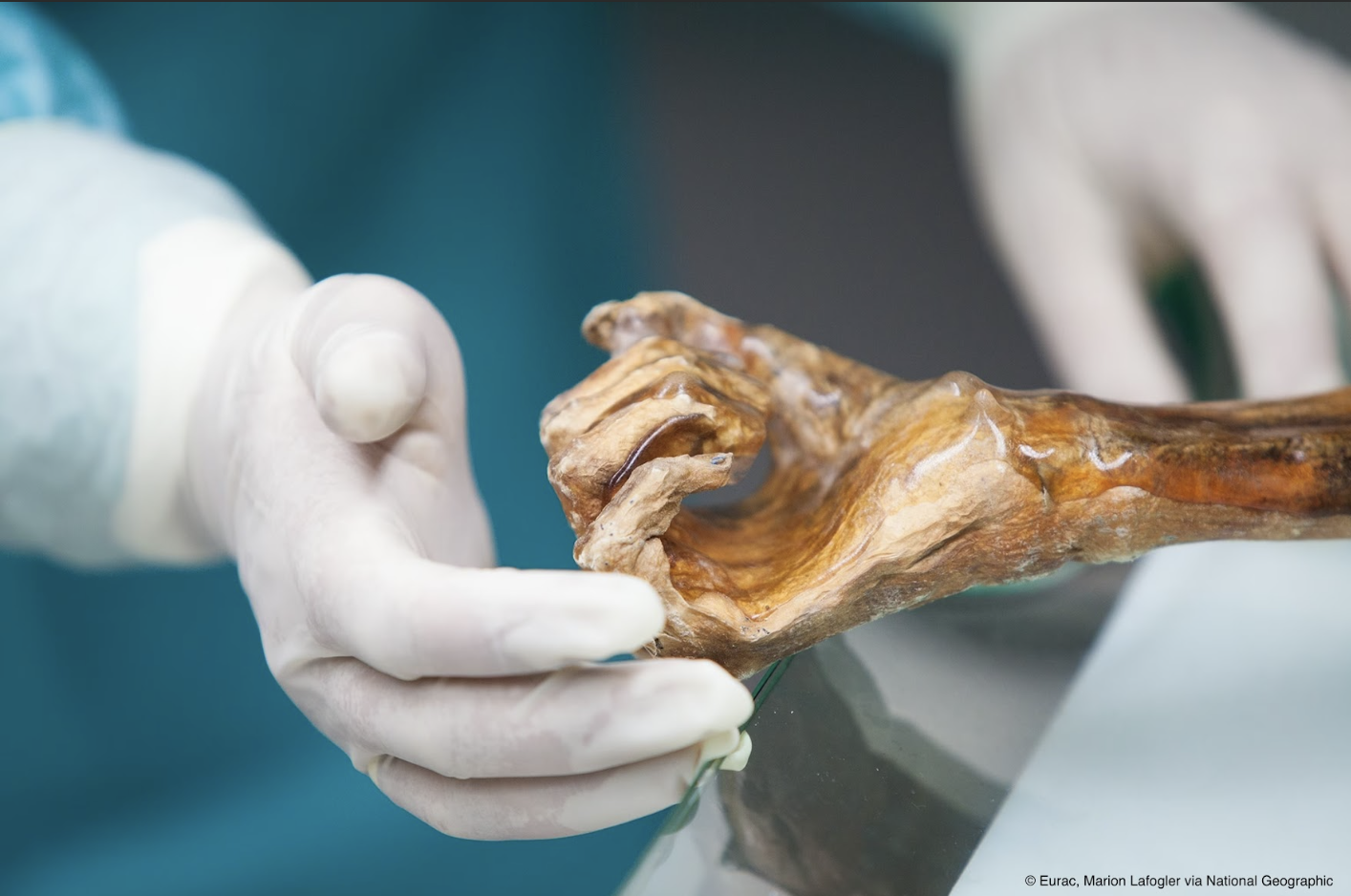Picture this: it’s early summer and you’re hiking the Ötzal Alps near the border of modern-day Italy and Austria. It’s been a few days at this point, hiking up and down various valleys until your final destination: the Tisen Pass. Except this is no scenic hike, it’s 5,300 years ago and you are about to be killed by someone who you may have fought before.
Oh, and it’s not you.
This man is now known as Ötzi the Iceman, after the Ötzal Alps in which he was found, and his body was found by hikers in 1991. Ötzi was accidently mummified due to the frozen climate of the Alps circa 3350–3110 B.C.E., and is without a doubt one of the most well-studied human bodies of all time. Investigations of his remains have provided researchers with information for studies ranging from archaeobotany to human migration.

Most people know of the ancient Egyptian mummies, and some may even know how they were made. However, the oldest found Egyptian mummy is around 4,300 years old, a full thousand years younger than Ötzi–and they were preserved very differently. For instance, Egyptian mummies, more often than not, were mummified on purpose through a complicated process. Ötzi, on the other hand, was mummified accidentally.
One type of accidental mummification–the one which affected Ötzi–is due to ice. Low temperatures, such as those in the Ötzal Alps, are able to slow most biological processes and therefore prevent decay. Freezing a body entirely can keep it from decomposing for thousands of years. A Siberian mummy well-known as the Ice Maiden was preserved in a similar fashion. She was, quite literally, encased in a block of ice, and stayed that way for around 2,500 years.
Although the amount of time Ötzi spent in the glacier caused his body to become dehydrated, he is a rarity in that he is almost completely preserved. Most mummies that are found have been made purposefully, which often involves removing the internal organs. Ötzi still has his, which has allowed researchers to study him in depth.

Additionally, due to his exceptional state of preservation, Ötzi’s body has been studied successfully enough to determine that Ötzi was about 46 years old when he died, he’d just eaten a meal of dried ibex and deer meat with einkorn wheat, and the cause of his death was murder.
Yes, murder. We can’t know for sure who murdered Ötzi, or why he was killed; yet by studying Ötzi’s remains archeologists have been able to provide some context for his death. Researchers have located a deep cut, nearly touching the bone, on his right hand between his thumb and index finger.
This type of injury is an active defensive wound, meaning Ötzi tried to grab the blade of someone who was attacking him. A few days afterwards, at the Tisen Pass, he was attacked once more. This time, an arrow struck his back near his left shoulder, hitting an artery there. Someone removed the arrow shaft while the wound was still bleeding, likely Ötzi’s attacker, but the arrowhead still remains in his shoulder. Due to the nature of this wound, Ötzi likely bled to death within minutes.
Ötzi also had some brain hemorrhaging, which is when an artery in the brain bursts, but its cause hasn’t been identified. It may have been due to him falling and hitting his head, or his attacker may have dealt him a blow to the head.

Ample amounts of information have been gathered thanks to studying Ötzi, yet there may still be more left to find. Investigations into his gut bacteria have helped us to better understand how and when humans spread into Europe, alongside possibly dating a migration wave from Africa. Further research may help to really illustrate this. However, Ötzi can’t be studied willy-nilly.
As a ‘wet mummy’, Ötzi’s remains need to be well maintained. His body is kept in a custom cold chamber, where temperature is maintained at a constant of -21.2 degrees Fahrenheit, or -29.5 degrees Celsius. Additionally, about four to five times a year, his body is sprayed with sterile water to create an icy, protective sort of exoskeleton which helps to preserve his body. The intention is to keep his remains in the best condition possible so they can be studied thoroughly in the future. It can’t be known what sort of changes in technology and to the scientific method may arise in the next 20-30 years, so maintaining Ötzi’s remains as effectively as possible is a necessity.
Ötzi the Iceman has already provided researchers with a great deal of information about what life was like 5,300 years ago, and how humans spread across Europe, but all his secrets are yet to be discovered. Ötzi has more to tell–we just have to listen.
Works Cited:
Cutts, Elise. “These Mummies Were Made … by Accident?”, National Geographic, 7 Aug. 2023, www.nationalgeographic.com/science/article/natural-mummies-accident. Accessed 17 Jan. 2024.
“Ötzi – the Mummy in the South Tyrol Museum of Archaeology.” Museo Archeologico Dell’Alto Adige, 2016, www.iceman.it/en/the-mummy/. Accessed 17 Jan. 2024.
Gannon, Megan. “Scientists Reconstruct Ötzi the Iceman’s Frantic Final Climb.” National Geographic, 30 Oct. 2019, www.nationalgeographic.com/history/article/scientists-reconstruct-otzi-iceman-final-climb. Accessed 19 Jan. 2024.
Roach, John. “Iceman Bled out from Arrow Wound, X-Ray Scan Reveals.” National Geographic, 7 June 2007, www.nationalgeographic.com/science/article/-iceman-bled-out-from-arrow-wound–x-ray-scan-reveals. Accessed 19 Jan. 2024.
Pinkowski, Jennifer. “Ötzi the Iceman: What We Know 3 Decades after His Discovery.” National Geographic, 15 Sept. 2021, www.nationalgeographic.com/premium/article/otzi-the-iceman-what-we-know-3-decades-after-his-discovery. Accessed 19 Jan. 2024.
Greshko, Michael. “Iceman’s Gut Holds Clues to Humans’ Spread into Europe.” National Geographic, 7 Jan. 2016, www.nationalgeographic.com/culture/article/150107-otzi-iceman-stomach-microbes-science. Accessed 20 Jan. 2024.


Great article… so interesting! Never heard of Otzi before this article, thanks !